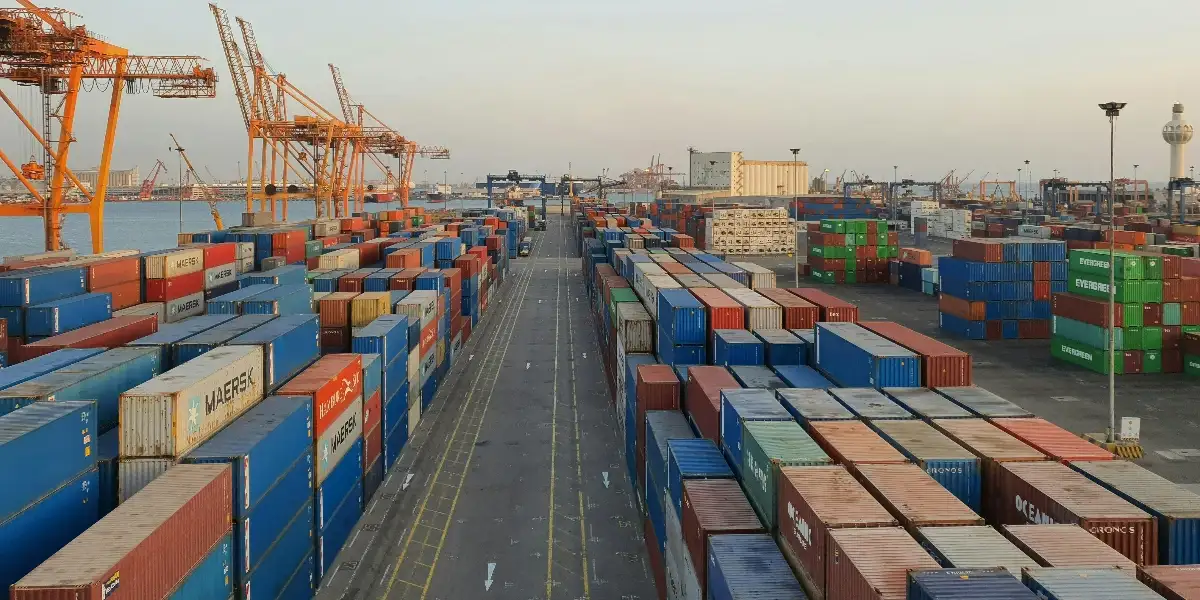Bill of Lading (BOL)
A BOL is a legal document issued by the carrier to the shipper, acknowledging receipt of cargo for shipment, specifying the terms and conditions of transport, and serving as a title of ownership for the goods.
Bill of Lading (BOL) is a legal document issued by a carrier to the shipper, providing comprehensive details about the goods being shipped, the shipment's origin and destination, and crucial information about the shipper, carrier, and consignee.
Bill of Lading (BOL) stands as one of the most crucial documents in international logistics, playing a pivotal role in cargo movement across the globe.
The BOL includes essential information such as the type and quantity of goods, shipping terms, and destination. It plays a pivotal role in international trade, facilitating the transfer of ownership and serving as a critical document in logistics and trade finance.
The Bill of Lading performs three primary functions:
- Evidence of a Contract of Carriage: It serves as a legal testament to the agreement between the shipper and the carrier regarding the transportation of goods.
- Receipt of Goods: The BOL acknowledges that the carrier has received the specified freight from the shipper for transportation.
- Document of Legal Title to Goods: The document acts as proof of ownership, allowing the holder to claim possession of the cargo.
A Bill of Lading usually includes information such as:
- Shipment Details: Description of the type, quantity, and condition of the shipped goods.
- Shipping Terms: Clearly defined terms of the transportation contract, including the agreed-upon freight rates and payment method.
- Consignor and Consignee Information: Identification of the shipper (consignor) and the party to whom the goods are being shipped (consignee).
- Carrier Information: Details of the transporting carrier, including the vessel name in the case of maritime transport.
- Origin and Destination: Specifies the location where the goods are loaded (port of origin) and the intended destination.
- Date of Shipment: Indicates the date when the carrier received the goods for transportation.
- Signature and Seal: Typically includes the signature of the carrier's representative and may bear the carrier's official seal.
- Special Instructions: Any specific instructions or requirements related to the handling or delivering the goods.
- Notation of Freight Payment: Indicates whether the freight charges have been prepaid, collect, or are payable at the destination.
- Weight and Measurement: Specifies the weight and dimensions of the cargo, essential for transportation planning and billing.
- Terms and Conditions: Outlines the terms and conditions of the transportation contract, including liabilities, responsibilities, and potential charges.
- Documentary Credit Information: In international trade, may include details necessary for complying with the terms of a letter of credit.
The Bill of Lading serves as a crucial document of title, enabling the transfer of ownership of the goods during transit. It is often required for the release of goods at the destination port and serves as collateral in trade finance transactions. The BOL's significance extends to its role in facilitating smooth customs clearance and resolving disputes in the event of discrepancies or damages during transportation.
Besides, live container tracking using BL numbers helps shippers to keep track of their cargo transportation in real time.







